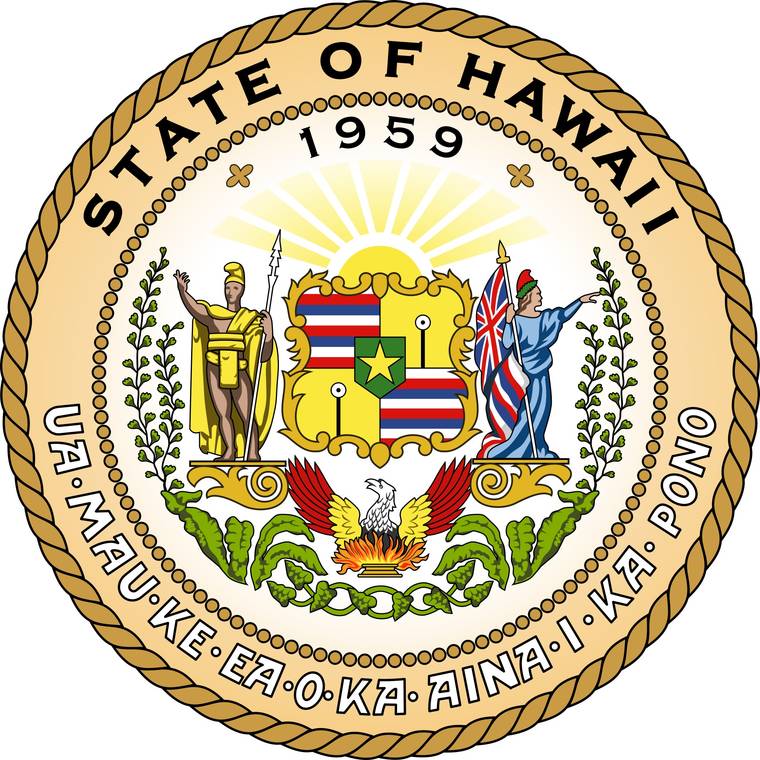The official in charge of the department responsible for processing and paying unemployment claims told a state Senate committee Thursday that an obsolete computer system unable to deal with a crush of claims and calls because of the COVID-19 pandemic is causing delays in many claimants getting paid.
“I understand the frustration. I look at the numbers, and I hurt for these people, too,” Scott Murakami, director of the state Department of Labor and Industrial Relations told the Senate Special Committee on COVID-19.
Murakami said “system degradations” became apparent March 18, as thousands of laid-off and furloughed workers rushed online and took to the phones to file for jobless benefits and ask questions.
Since March 1, 207,126 jobless claims have been filed statewide, Murakami said.
Hawaii County residents have filed 13,530 new joblessness claims between March 22 and April 4, according to the DLIR.
Of the new Big Island jobless claims, 8,262 were filed in the Kona office, 4,303 of them last week. New filings at the Hilo office in the two-week time period total 5,268, with 2,760 of those claims filed last week.
The visitor and hospitality industries have been hit particularly hard, as have retail outlets not deemed essential in Gov. David Ige’s emergency order.
Inde Coggins, vice president of Splashers Grill, told the Tribune-Herald that the restaurant and bar suspended operations March 18 “for the health and safety of our team and community.”
“We furloughed the entire staff, after giving them all perishable inventory and prepped food — 74 people,” Coggins said. “We completed the (employer’s form) as requested by unemployment, and all of my staff have been trying to file for unemployment.”
She said that as of Tuesday, none had received payment, and many became scared and desperate, especially with rent for most having come due April 1.
“I have heard ‘I called 64 times yesterday,’ ‘keep getting error messages when trying to file weekly claim’ and ‘the lady gave me the wrong information and I got denied because I checked the wrong box,’” Coggins said.
Murakami said the Unemployment Insurance Division brought in 76 new workers to field calls and input data from the new online claim forms that don’t feed into the overloaded mainframe computer, but training was an issue, and an expanded call center started to tax the bandwidth of the carrier.
DLIR spokesman William Kunstman told the Tribune-Herald that, as of Wednesday, 194,936 unemployment benefit filings were “successfully ingested” into the system.
“We have noticed a downward trend of the number of filings coming in over the last five days or so,” Kunstman said.
Kunstman said new filers should go online to https://huiclaims2020.hawaii.gov/initial-claim.
Claims that generate “error messages” in the system take longer to process, both Murakami and Kunstman said.
Kunstman said common errors that are slowing down unemployment claims are claimants failing to input their birth dates, correct routing numbers for their financial institution and either not stating or incorrectly stating their reason for unemployment.
He added that new filers should indicate “lack of work” as the reason for unemployment and check the answer “yes” for both if unemployment is because of COVID-19 and for their availability for work.
“Regarding the three-day work search requirement … the question pops up, and the question refers to: Are you willing and are you available to work? All they have to do is say ‘yes’ and it will not generate an error message,” Murakami told the lawmakers. “If they say ‘no,’ it will pop up with an error message. But that doesn’t stop the claim. We still will process the claim.”
The local unemployment offices are closed to walk-in traffic and, according to Murakami, there are limits as to what can be done manually “in a pandemic situation.”
Some filers have started to receive their checks, but Murakami couldn’t tell lawmakers how many or how long it took the department to pay those whose new claims were approved.
And with the passage of the federal Coronavirus Aid, Relief and Economic Security (CARES) Act, claimants are eligible for an additional 13 weeks of benefits on top of the existing 26 weeks, as well as an extra $600 weekly for up to four months.
“At what point will these filers and these individuals receive the added amount from the federal government, and what date can they expect their checks to include the additional amounts?” Sen. Donna Mercado Kim asked Murakami.
“For the $600 plus … and the additional 13 weeks, the claimant won’t have to file anything,” Murakami replied. “… But for right now, we’re just trying to get the original claims through. It’s really hard.
“At this point, I can’t make a guess as to when that’s going to happen. Sorry, I wish I could provide claimants with a better answer than that.”
Email John Burnett at jburnett@hawaiitribune-herald.com.






